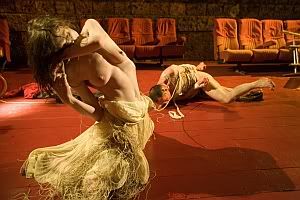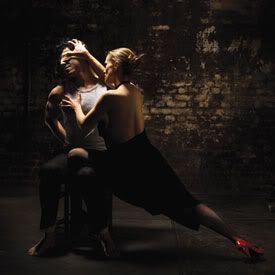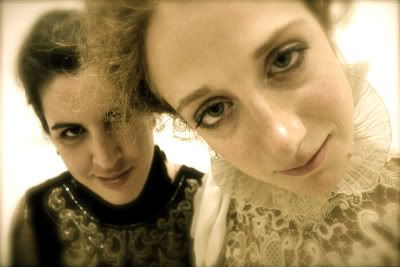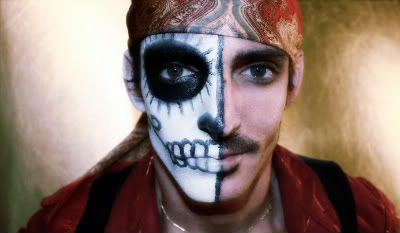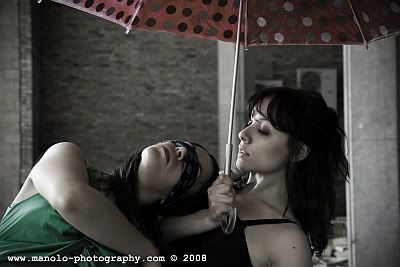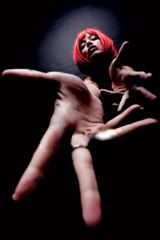
It is one of the most unlikely places to find a theatre company. Driving through the village of Glaisdale, perched on the side of a hill in the heart of the North York Moors, my dad drives past the ‘theatre’ twice before finally noticing it. I, on the other hand, find all of this familiar and can’t wait to get through the doors of the village hall and take my seat for what I know will be a satisfying experience.
Almost a year and a half ago, I wrote to Esk Valley Theatre asking if they would take on a prospective Drama student for work experience during their annual summer performance. I had no idea what their shows were like, having only ever seen advertisements for their plays stuck into the grass verges of the moor roads whilst driving to Whitby. It was a huge leap into the unknown but I had chosen the best possible people to ask.
Founded in 2005 by actor Mark Stratton and choreographer Sheila Carter, EVT brings professional theatre to the North York Moors. This is not the kind of ramshackle but striving outfit which often shuffles on stage at village halls but a sharp, crisp theatre company, professional to its core. EVT is an integral part of the community which fiercely and rightly regard it as ‘their’ theatre.
For two months in the summer of 2008, I made tea for everyone in sight, sat at the back of rehearsals generally overawed by it all, and once the run began, sold ice creams and programmes like there was no tomorrow. I watched countless audience members come out bowled over after watching Vacuum by new writer Deborah McAndrew - a sharp, funny, deeply unsettling and absolutely mesmerising thriller.
This summer I returned, this time as an audience member for John Godber’s April in Paris, directed by Stratton himself. Another two-hander, it lacks the bite of the previous year’s production, but in no way falls short as entertainment. Yorkshire couple Bet and Al live in a monotonous, stifling world. Al has been unemployed for six months and Bet, his working wife, keeps her hopes alive by entering magazine competitions. When she actually wins a romantic break to Paris, the couple are catapulted abroad for the first time, stripped of all that’s familiar and have to find their way back to each other before returning home.
As ever with Godber, it’s achingly funny and with an overwhelmingly Yorkshire audience, the humour is spot on and thoroughly engages the 100-strong spectators. Stratton’s subtle direction ensures that Eamonn Fleming and Fiona Wass put in absorbing performances as Al and Bet. Both have worked previously with Godber’s company Hull Truck, as have Stratton and the rest of the production team. They are perfectly placed to make the most of the play and do so, giving an energetic and true performance. Fleming’s Al is beautifully revealed: edgy, frustrated, his self-belief undermined by the futility of unemployment, but with ambitions to become a painter. The scene in the Louvre when he begins identifying the painters with pride and joy, is one of the most sincere and touching moments. Fiona Wass fills Bet full of genuine hopes and dreams, and the audience can easily identify with her longing to escape her grey home life and to slide seamlessly into the glamour of Paris. Between them, they truthfully recreate the bickering of a long established couple who know just how to hurt each other, although at times the relentless pace needs more pathos to be really effective.
Another highlight of the show is the set design. Pip Leckenby, who works frequently with Alan Ayckbourn and Hull Truck, has created a simple but very evocative set which beautifully compliments the direction. Cream with printed images of crosswords and newspapers, which are then flipped to reveal colour paintings of Parisian landmarks, it captures the buoyant mood of Bet and Al. Mood and location are also brilliantly created through the sole use of two chairs and clever lighting design by Graham Kirk.
For the month of August the village hall is completely taken over, a seating and lighting rake is brought in, and local volunteers staff the bar and ticket desk. EVT produce theatre of the finest quality, generating a real feeling of pride and excitement in the community. We read time and time again in the press how the theatre industry is trying to engage new audiences and find ways of making theatre matter in today’s world. I suggest that they look no further than the tiny village of Glaisdale. It’s an obvious way forward and I’m glad I had chance to be part of it.
www.eskvalleytheatre.co.uk
Jane Williamson

